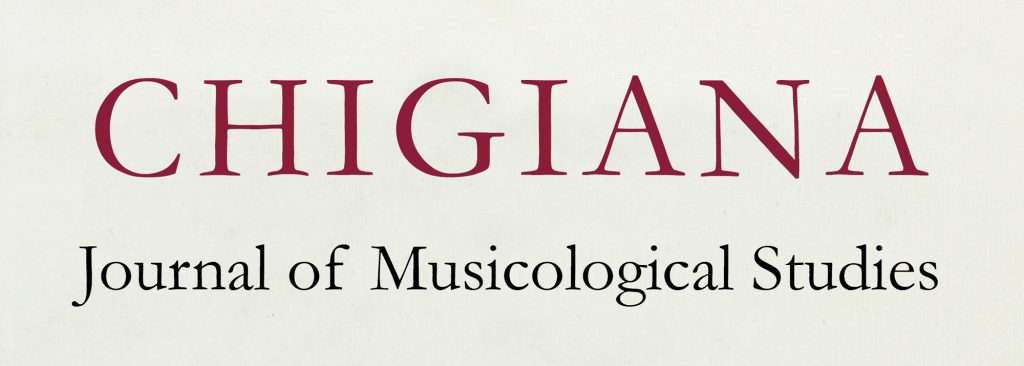
The experience of nature, time and lightness in Goffredo Petrassi’s Laudes Creaturarum
Antonio Cascelli
The aim of this article is to explore the connections between the image of an exploding and blossoming nature, as manifestation and creation of God, in St Francis’s Laudes Creaturarum and its musical setting by Goffredo Petrassi. Written in 1982 for narrating voice and six instruments, the composition is among the composer’s last works. Petrassi, whose musical journey has been described as directed towards athematicism and abstractionism, seen as negation not of the musical figure in itself but of its expressive content, recovers an expressive melodic meaning of the musical figure through the main musical subject in this composition. The relation between nature and the sacred offers a fascinating context to explore the expressive meaning of the musical figure; together they become the interpretive key to the dimension of time in its three names: kairós, chrónos and aión. It is the presence of nature in St Francis’s text that ultimately allows Petrassi to traverse modernity, to make it his own without fear and to give answers, never taken for granted and always ready to raise more questions, to the spiritual and intellectual needs of humanity.
Il saggio approfondisce le relazioni tra l’idea di natura come riflesso della bellezza divina e della perfezione del creato veicolata dalle Laudes Creaturarum di San Francesco, e la trasposizione in musica di questo testo realizzata da Goffredo Petrassi. Il pezzo, per voce recitante e sei strumenti, venne scritto dal compositore nel 1982, nell’ultima fase della sua lunga carriera creativa. Rispetto al suo percorso di ricerca precedente, tutto orientato verso l’atematismo e l’astrazione, in Laudes Creaturarum Petrassi riscopre ed esalta il significato melodico ed espressivo della figura musicale. La relazione tra la natura e il sacro, evocata dal testo francescano, diventa un contesto d’elezione per sperimentare una dimensione temporale complessa, articolata nelle sue tre possibili declinazioni: kairós, chrónos e aión. In definitiva, è proprio la presenza della natura nel testo di San Francesco che consente a Petrassi di attraversare la modernità, di farla propria senza remore e di dare risposte, mai scontate e sempre pronte a rilanciare nuove domande, alle sfide spirituali e intellettuali dell’umanità.
